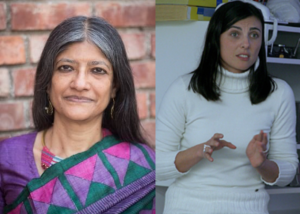Economists’ infamous failure at predicting the recent financial crisis has brought new impetus to studies on diversity in the economics profession. Such studies have underlined how diversity plays a prominent role in enriching economic analyses.
The main purpose of this article is to provide new insights into the degree of gender diversity: rather than looking at women’s presence in academia only, we extend our focus to the research production by academic economists in the last few decades. The tendency to identify research quality with standardised bibliometric indicators –i.e. impact factor or h index – had consequences in term of heterogeneity of researchers within institutions (at all levels), and, most of all, in terms of pluralism of research interests. Our new data uncovers a double convergence path: i) a progressive reduction in the variety of research interests of women and men economists; ii) a tendency to “homologate” with international standards of perceived research ‘excellence’.
As a consequence of such an impoverishment of pluralism in research, the academic production of both men and women has been drifting away from non-mainstream fields, and, in particular, from heterodox approaches and from the history of economic thought. Since women’s academic careers remain markedly characterized by a strong vertical segregation, we find that for women this effect is even stronger since they are more subject to homologating their research activities with respect to that of their male colleagues.




